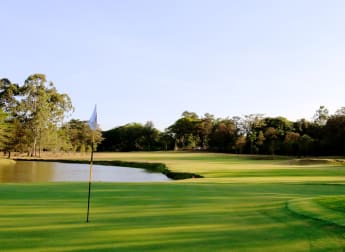The Rolex Challenge Tour Grand Final supported by The R&A will take place at T Golf & Country Club in Mallorca, the crown jewel of Spain’s Balearic Islands.

Coastline beaches
The island of Mallorca is one of Europe’s most popular destinations to visit for beach breaks with the stunning coastline offering soft sand and crystal blue water. Attractions include Cala Murta, Cala Mesquida, Cala Bóquer, Cala Figuera, Cala Sa Calobra and Cala Mondragó. Cala Mondragó is famous for its rocky coves with crystal clear water, white undulating dunes, fine soft sands, and nature trails. In the early morning, endangered endemic Mallorcan tortoises can be seen bathing in the water and rare species of birds including stonechats may be seen due to the location being declared as a Special Protection Area for birds in 1995.
Wineries
The quality of Mallorca’s wines can match the best of those in mainland Spain or the South of France. The superb climate enables them to produce rich and full-bodied red wines, alongside well-balanced white wines that have a floral taste. The most successful local grapes in Mallorca are the callet and prensel green grapes for white wines and the fogoneu, manto negro, and gorgollasa black grapes for the reds. The best wineries in Mallorca include Oliver Moragues, Bodega Finca Biniagual, Bodega Son Campaner and there are also some vineyards in the Sierra de Tramuntana area, located on mountains facing the sea to ensure they are exposed to sunlight.
Spanish architecture
Mallorca is home to brilliant and innovative pieces of Spanish Architecture from across the ages, including La Almudaina Royal Palace, Can Prunera, Sa Llotja, Can Bordils, Real Cartuja, Convent of Santa Clar and the famous La Seu Cathedral. The 14th Century La Seu Cathedral stands in the heart of Palma and is one of the tallest Gothic buildings in Europe. It is known as the “Cathedral of Light” due to its 61 stained-glass windows which fill the building with beams of light and twice a year the cathedral’s rose windows will reflect the figure of eight. The slim pillars that support the cathedral’s roof are some of the strongest pillars in the world and managed to stand firm during an earthquake in 1851, which caused heavy damage to the western wall




